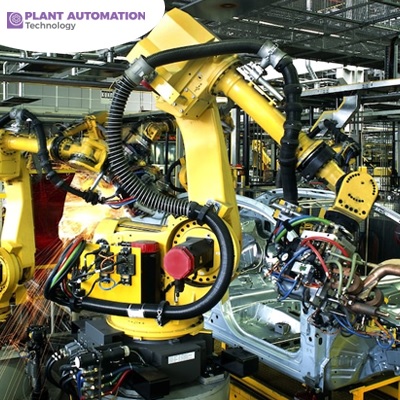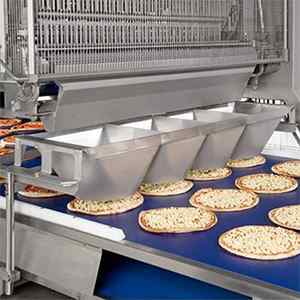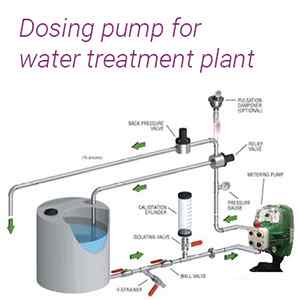Quality Assurance in Automated Production: Strategies for Consistent Product Excellence

In the era of smart manufacturing, ensuring quality assurance in automated production processes is paramount for maintaining consistent product excellence. This involves leveraging artificial intelligence, automation, and data analytics to create robust systems capable of automated testing and root cause identification. Implementing these strategies can significantly enhance the reliability and efficiency of production lines, ultimately leading to higher quality standards and more effective regulatory reporting.
The Role of Smart Manufacturing
Smart manufacturing integrates advanced technologies like artificial intelligence and automation to optimize production processes. By using data analytics, manufacturers can monitor and control various aspects of the production line in real time. This integration enables automated testing, which helps in identifying defects early in the production cycle, thereby reducing waste and improving product quality. The combination of artificial intelligence and smart manufacturing ensures that quality standards are consistently met.
Artificial Intelligence in Quality Assurance
Artificial intelligence plays a critical role in modern quality assurance. Techniques such as artificial intelligence deep learning allow for sophisticated pattern recognition and anomaly detection. These systems can perform automated testing more efficiently than traditional methods, ensuring that even minor defects are detected and addressed promptly. AI can also facilitate root cause identification by analyzing vast amounts of data to pinpoint the underlying causes of production issues. The use of artificial intelligence deep learning enhances the precision and reliability of the quality assurance process.
Importance of Data Analytics
Data analytics is essential for quality assurance in automated production. By utilizing descriptive statistics, manufacturers can gain insights into production trends and performance metrics. This data-driven approach allows for effective risk assessment and statistical analysis, which are crucial for maintaining quality standards. Data analytics also supports regulatory reporting by providing accurate and comprehensive data required for compliance. The application of descriptive statistics and data analytics ensures that all aspects of the production process are optimized for quality and efficiency.
Automated Testing and Root Cause Identification
Automated testing is a cornerstone of quality assurance in smart manufacturing. It involves using automation tools to continuously test and monitor products throughout the production process. This ensures that any defects are detected early, minimizing the impact on the final product. Root cause identification complements this by analyzing defects to determine their origin, allowing for targeted corrective actions. This combination of automated testing and root cause identification is essential for maintaining high quality standards. The integration of automation in testing processes significantly enhances the accuracy and speed of quality assurance.
Risk Assessment and Statistical Analysis
Effective risk assessment is vital for identifying potential issues before they escalate into significant problems. By applying statistical analysis, manufacturers can assess the likelihood and impact of various risks, allowing them to implement appropriate mitigation strategies. This proactive approach helps in maintaining consistent product excellence and ensures compliance with quality standards. The use of statistical analysis in conjunction with risk assessment provides a comprehensive understanding of the production process and potential risks.
Balancing Automation and Manual Software Testing
While automation is crucial for efficiency, manual software testing still has its place in quality assurance. Certain aspects of testing, particularly those requiring human judgment and creativity, are better suited for manual methods. Combining software testing and automation with manual software testing ensures a comprehensive approach to quality assurance, addressing both automated and human-centric aspects of the production process. This balance between automation and manual methods ensures that quality is maintained at every stage of production.
Meeting Quality Standards and Regulatory Reporting
Adhering to quality standards is non-negotiable for maintaining product excellence. Automated systems, powered by artificial intelligence and data analytics, can help ensure that all products meet stringent quality requirements. Moreover, these systems simplify regulatory reporting by automatically generating the necessary documentation and compliance reports. This not only saves time but also reduces the risk of human error in regulatory submissions. The integration of artificial intelligence and data analytics in regulatory processes ensures accuracy and compliance with industry standards.
Conclusion:
Quality assurance in automated production is a multifaceted process that relies heavily on smart manufacturing, artificial intelligence, and data analytics. By implementing strategies such as automated testing, root cause identification, risk assessment, and statistical analysis, manufacturers can maintain consistent product excellence and comply with quality standards and regulatory reporting requirements. Balancing automation with manual software testing ensures a robust quality assurance system that can adapt to the evolving demands of modern manufacturing. Embracing these technologies and methodologies is essential for achieving and sustaining high-quality production in today's competitive market.
In addition to the previously mentioned aspects, leveraging artificial intelligence for software testing and automation can further enhance the quality assurance process. AI-powered software testing and automation tools can simulate various production scenarios, identify potential failures, and suggest improvements, ensuring that the production process is both efficient and resilient. By integrating artificial intelligence into software testing and automation, manufacturers can achieve a higher level of precision and reliability in their quality assurance processes.
Moreover, using data analytics for descriptive statistics allows manufacturers to create detailed reports that offer insights into production performance. These reports can be used for regulatory reporting, ensuring that all products comply with industry regulations and standards. The combination of descriptive statistics and data analytics provides a comprehensive view of the production process, enabling manufacturers to make informed decisions and continuously improve their quality assurance practices.
In conclusion, the integration of smart manufacturing, artificial intelligence, automation, and data analytics is essential for achieving and maintaining quality assurance in automated production. By focusing on automated testing, root cause identification, risk assessment, statistical analysis, and software testing and automation, manufacturers can ensure consistent product excellence and meet stringent quality standards. This holistic approach to quality assurance not only enhances the efficiency and reliability of production processes but also ensures compliance with regulatory requirements, ultimately leading to higher customer satisfaction and a competitive edge in the market.









